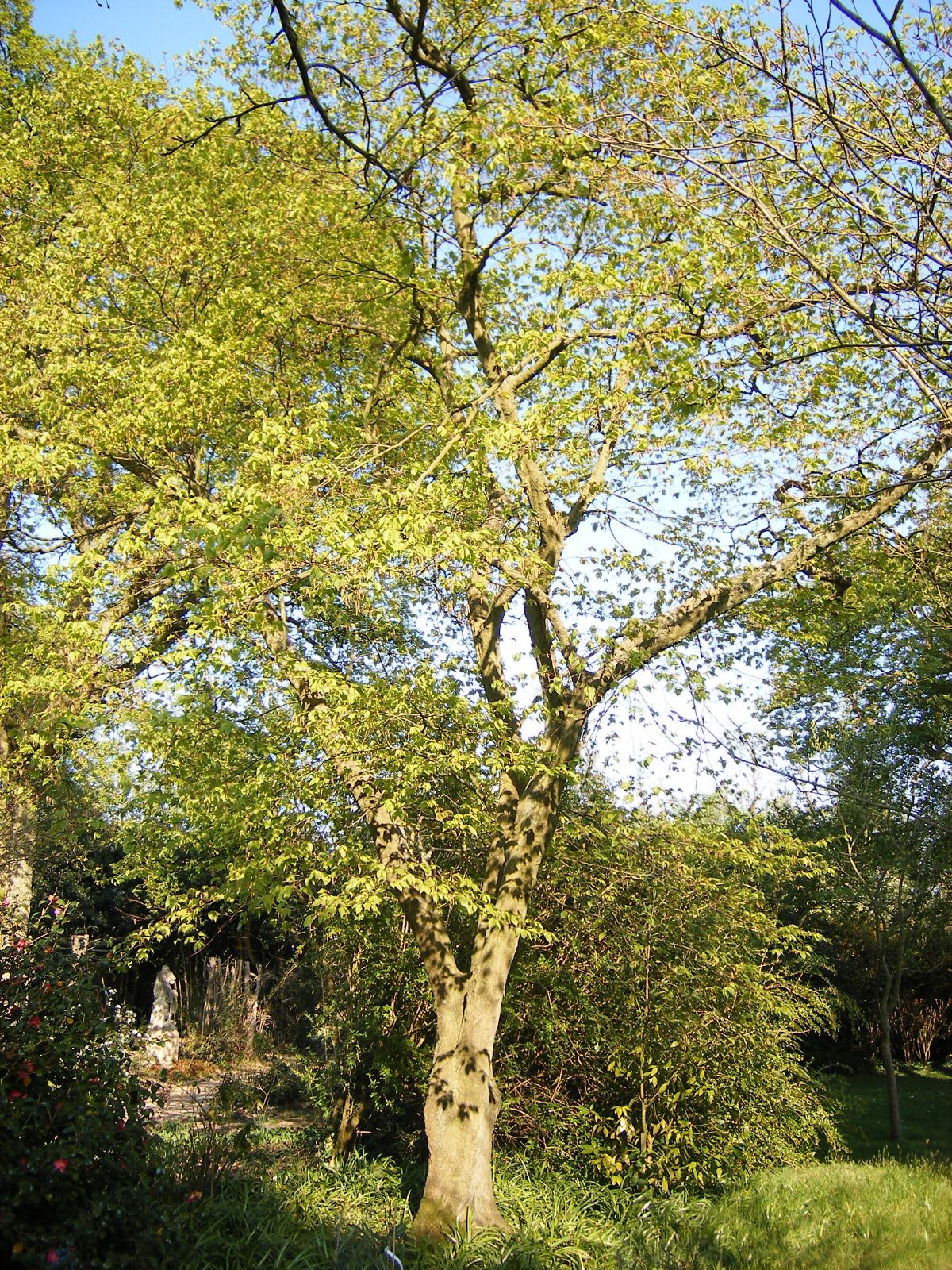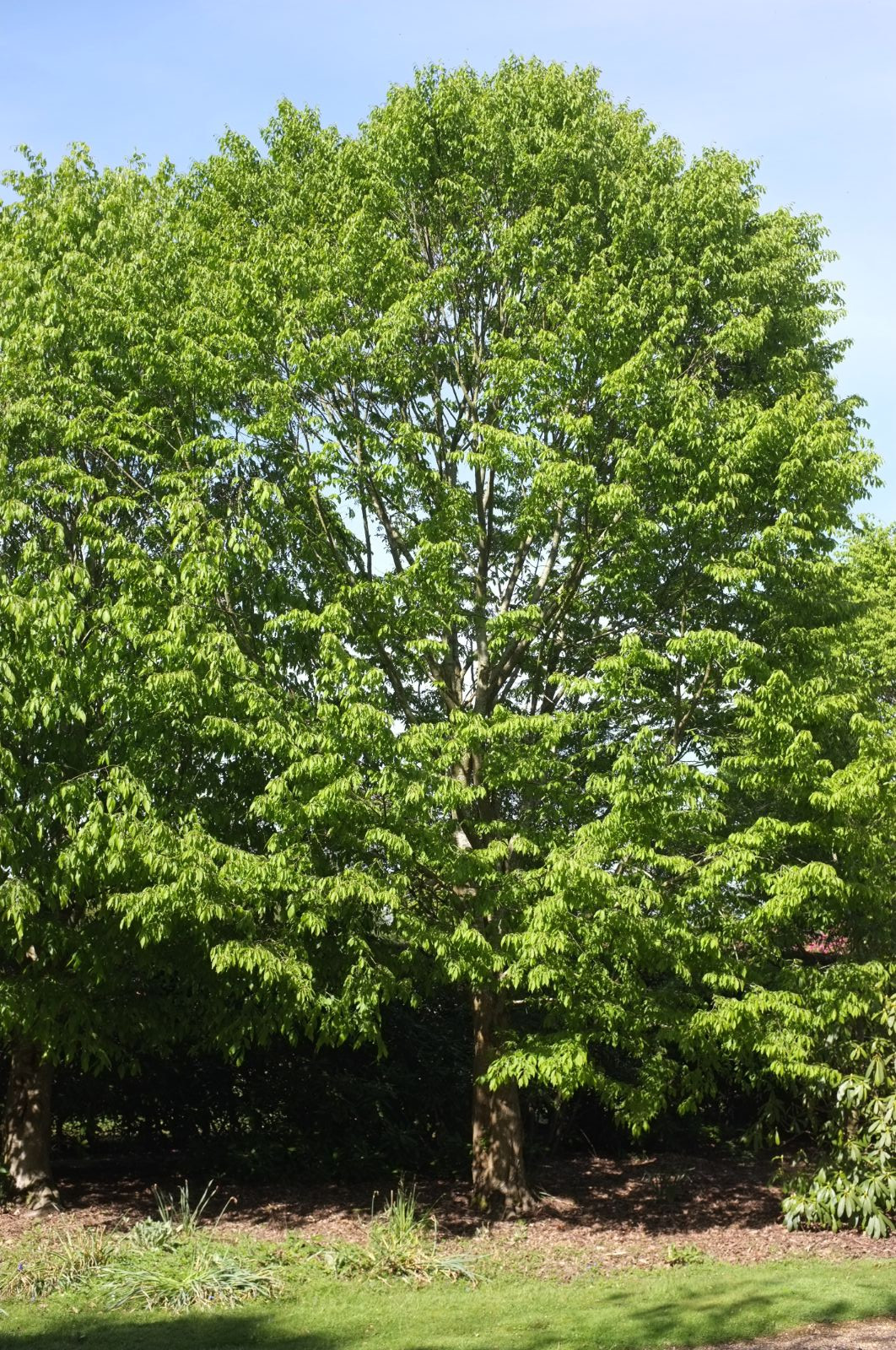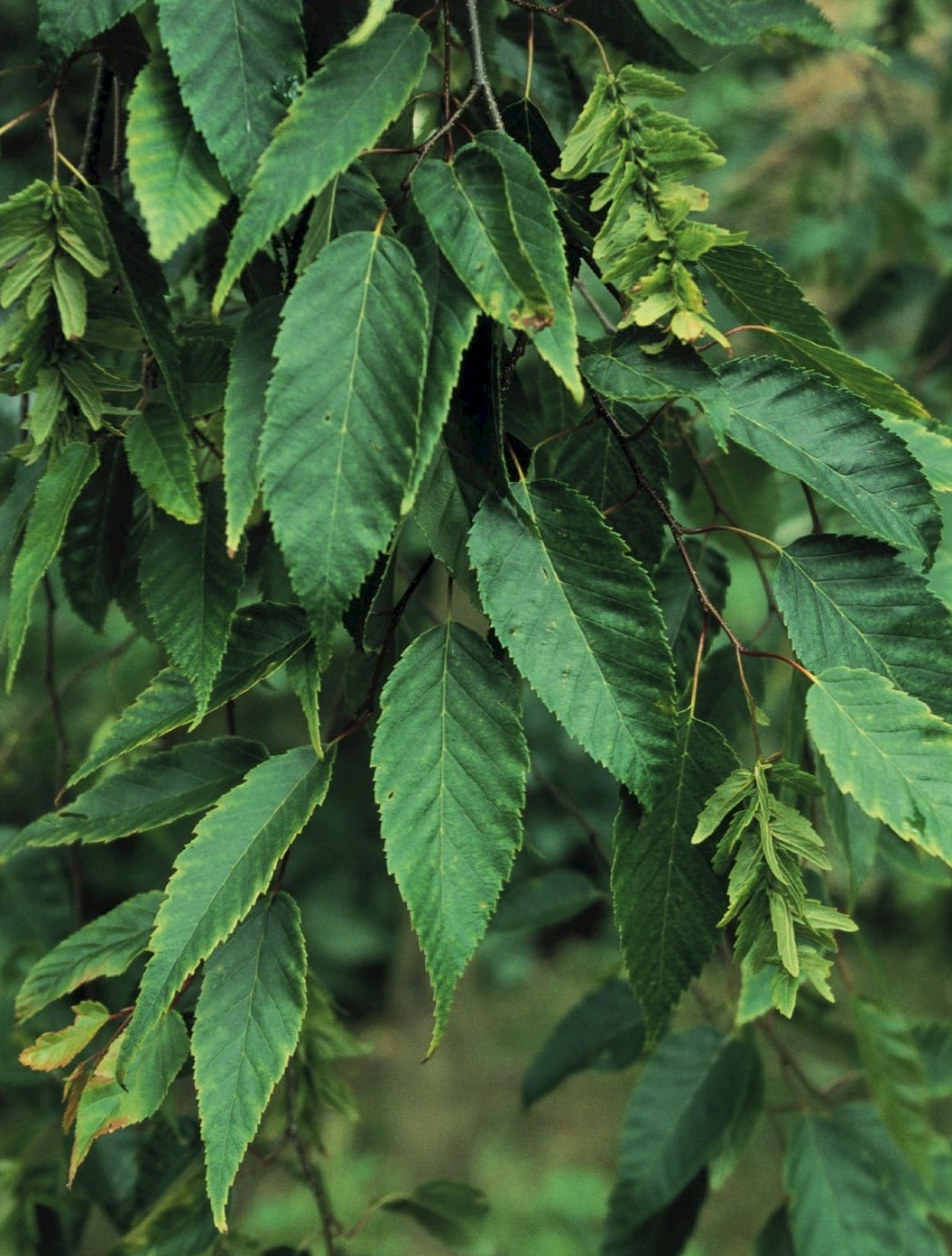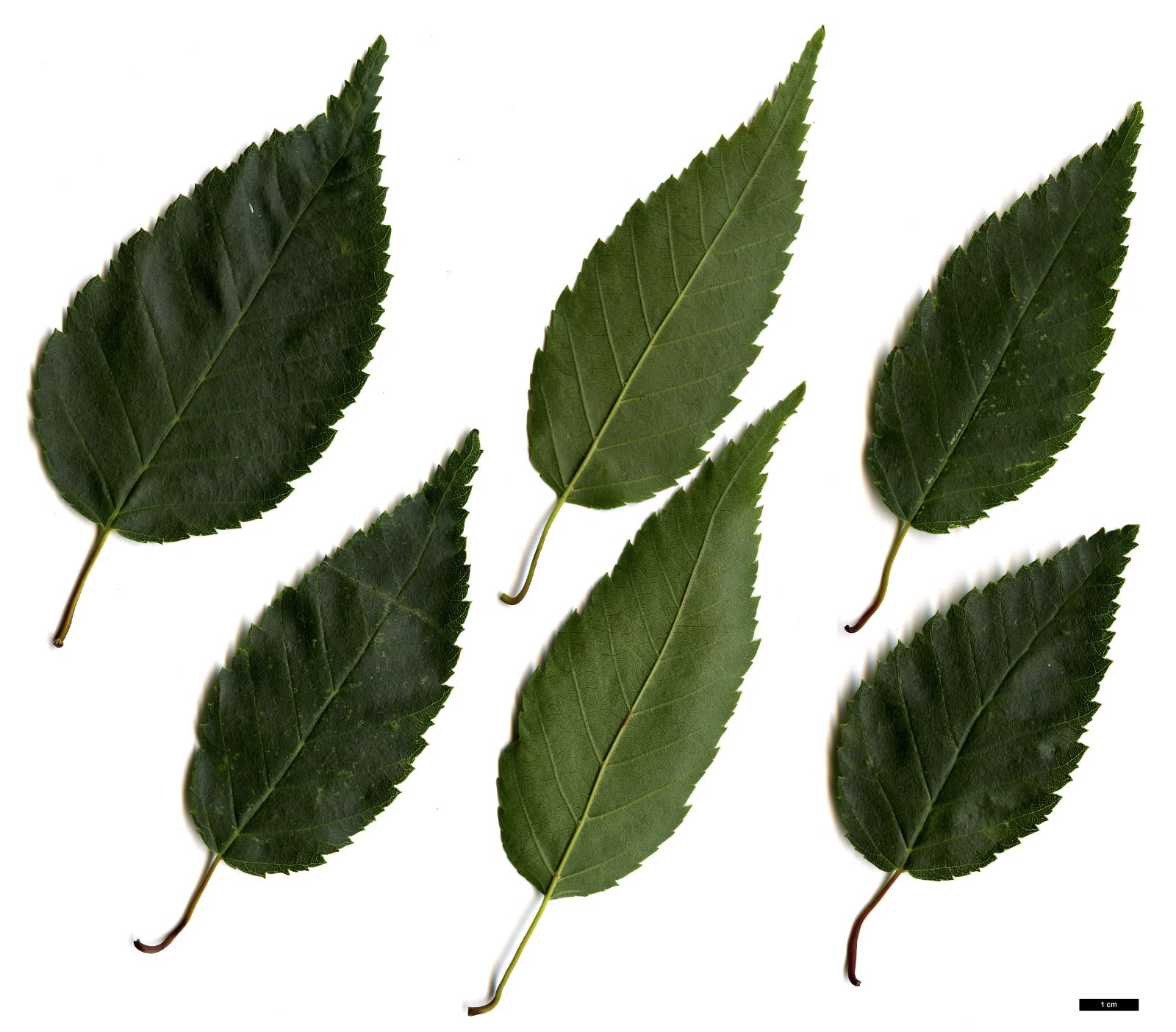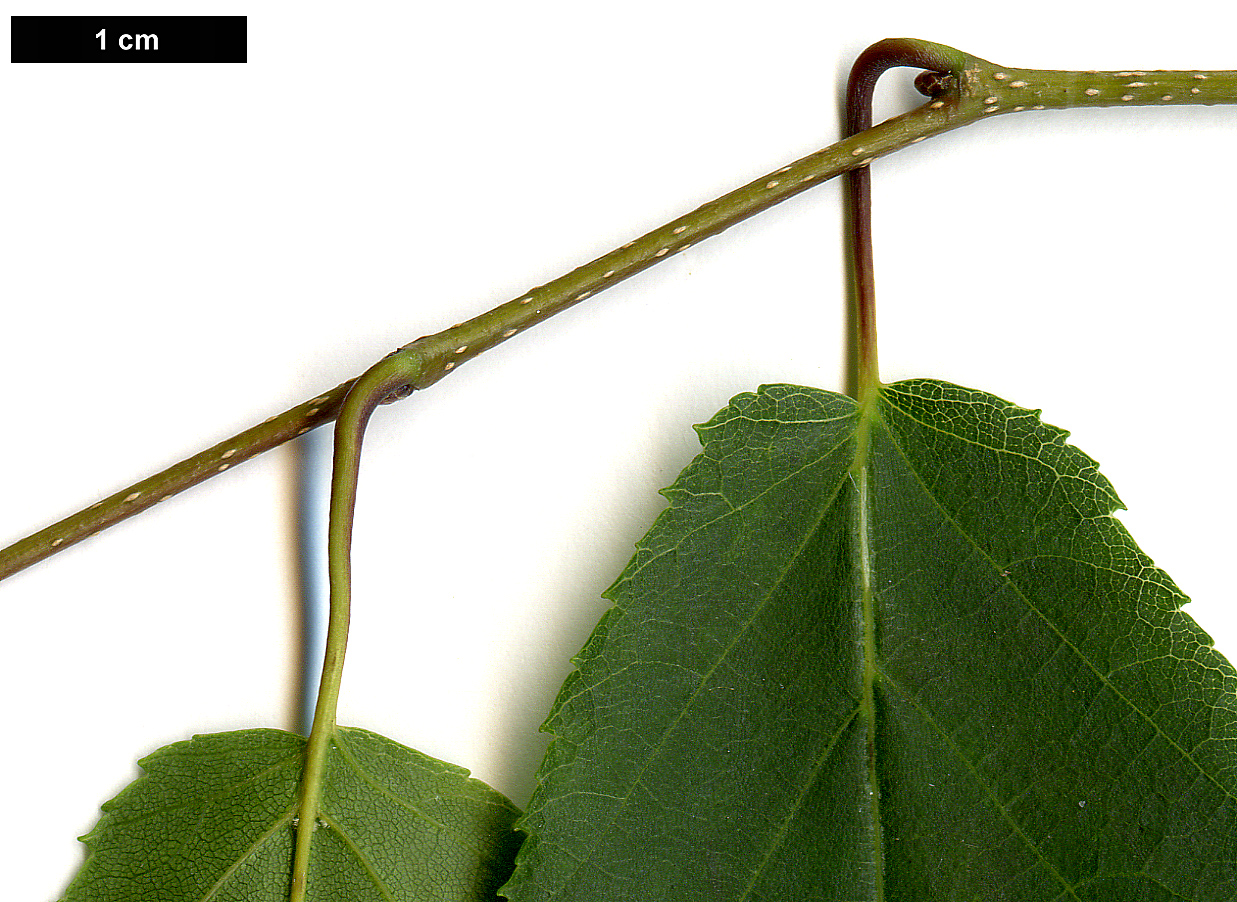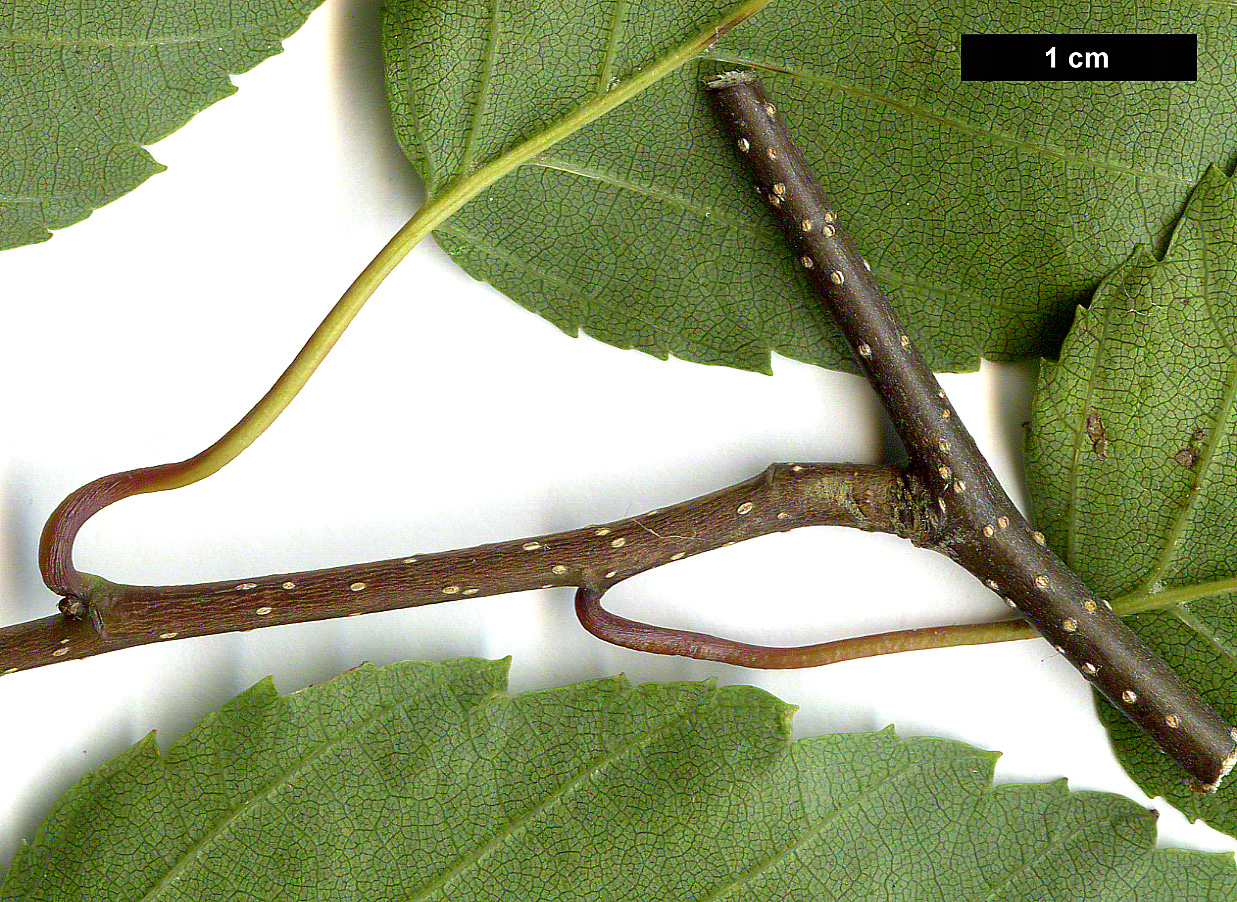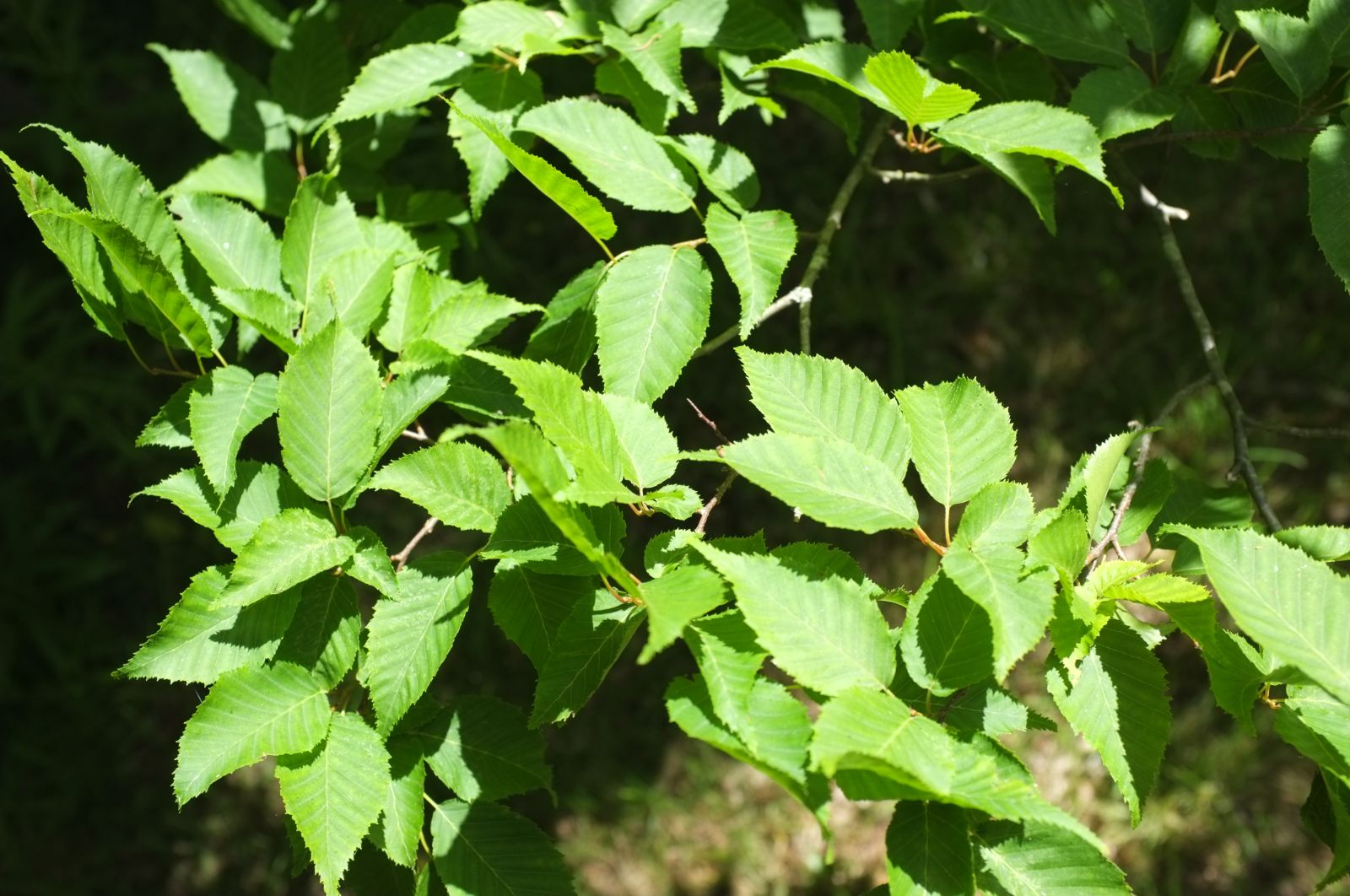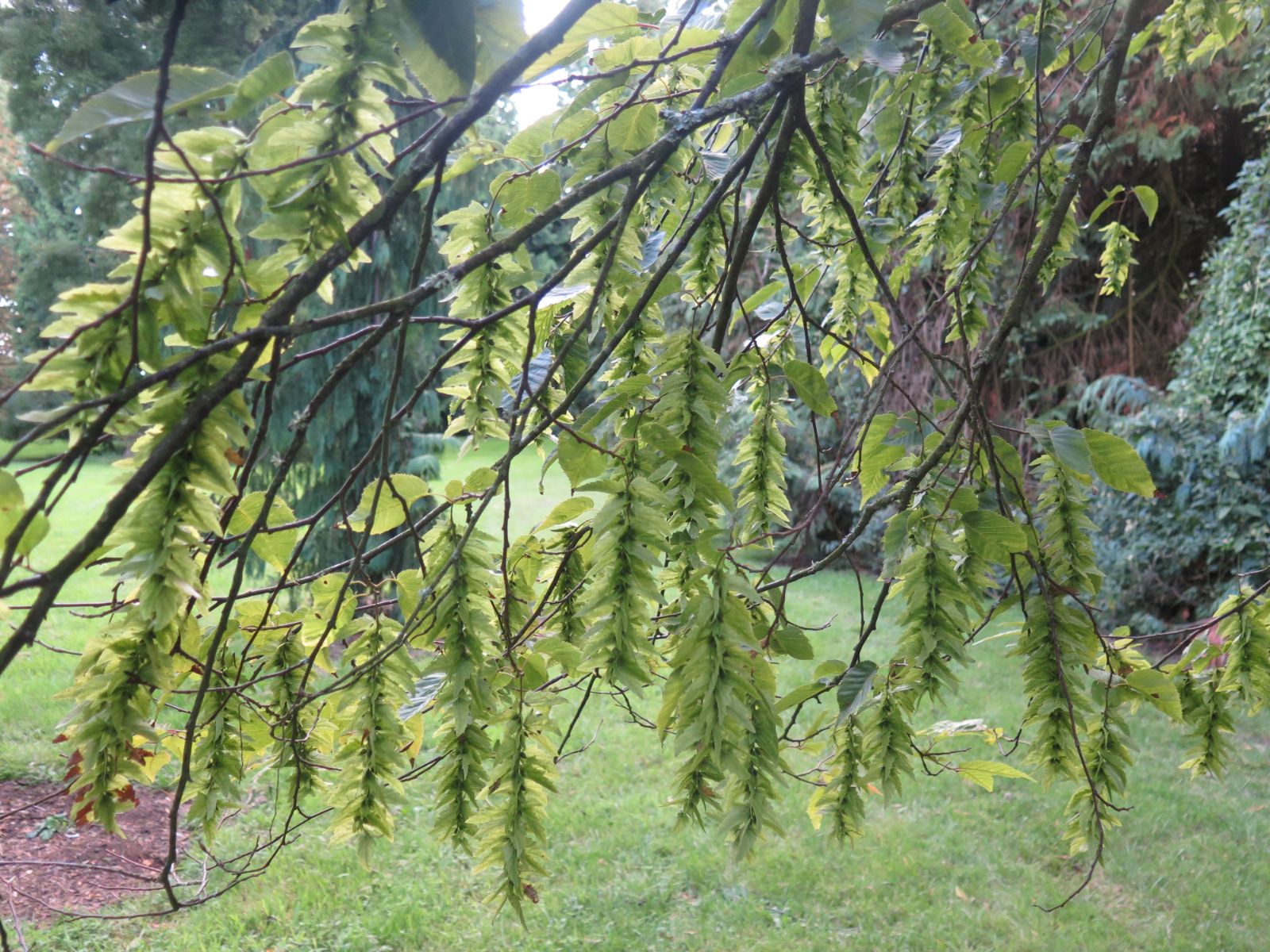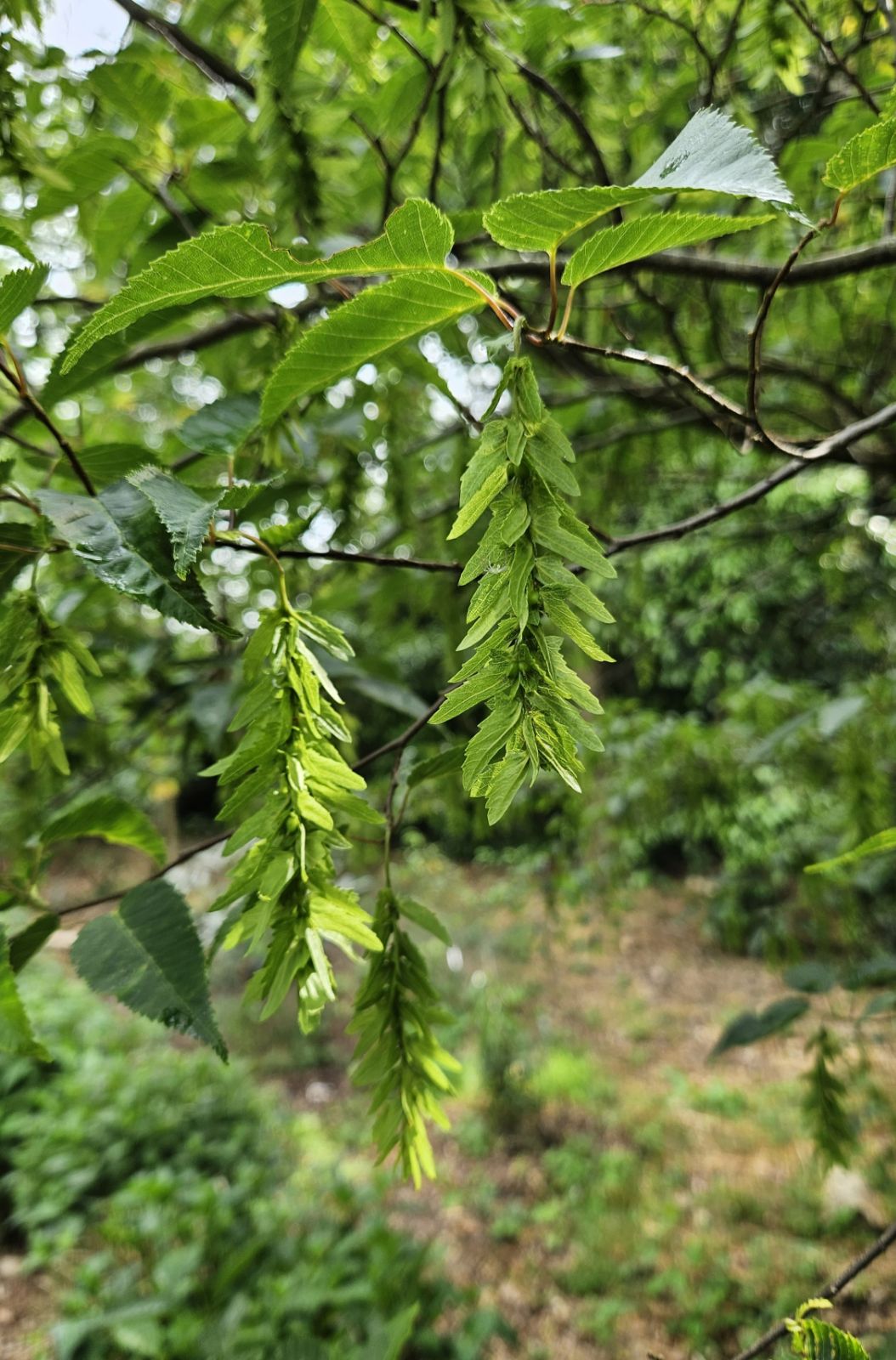Carpinus viminea
Sponsor
Kindly sponsored by
Lord and Lady Aldington
Credits
Owen Johnson (2022)
Recommended citation
Johnson, O. (2022), 'Carpinus viminea' from the website Trees and Shrubs Online (treesandshrubsonline.
Genus
Common Names
- Himalayan Hornbeam
Synonyms
- Carpinus fargesii Franch.
- Carpinus fargesii C.K. Scheid.
- Carpinus davidii (Franch.) C.K. Schneid.
- Carpinus kenpukwan Koidz.
- Carpinus macrostachya (Oliv.) Koidz.
- Carpinus laxiflora var. macrostachya Oliv.
- Carpinus tehchingensis Hu
Other taxa in genus
- Carpinus betulus
- Carpinus caroliniana
- Carpinus cordata
- Carpinus faginea
- Carpinus fangiana
- Carpinus fargesiana
- Carpinus hebestroma
- Carpinus henryana
- Carpinus japonica
- Carpinus kawakamii
- Carpinus laxiflora
- Carpinus londoniana
- Carpinus mollicoma
- Carpinus monbeigiana
- Carpinus omeiensis
- Carpinus orientalis
- Carpinus polyneura
- Carpinus pubescens
- Carpinus rankanensis
- Carpinus × schuschaensis
- Carpinus shensiensis
- Carpinus tropicalis
- Carpinus tschonoskii
- Carpinus turczaninovii
Tree to 20 m, with slender often drooping branches. Bark dark grey, mostly smooth. Twigs brown, glabrous. Leaves elliptic, oblong or ovate-lanceolate, 6–11 × 3–5 cm; base usually subcordate; apex a long, jaggedly serrate tip with slight shoulders; glabrous above and sparsely hairy under the veins, sometimes with axillary tufts; lateral veins in (10–)12–15 pairs; margin doubly-serrate, major teeth often tiny (1 mm long) and the intermediate teeth not much smaller, teeth with mucronate tips; petiole rather long, (1–)1.5–3 cm, glabrous. Fruiting catkin 5–15 cm, lax, with a slender, sparsely hairy 1.5–4 cm peduncle; fruit-bracts asymmetrically 3-lobed, 1.5–2.5(–3) cm long, almost glabrous, the central lobe narrowly D-shaped to lanceolate and coarsely dentate on one side, the side lobes c. 3 mm long, veins 4, prominently reticulate; nutlet glabrous except at the tip, glandular, prominently ribbed. (Li & Skvortsov 1999; De Langhe 2022; Bean 1976).
Distribution Bangladesh In the Himalaya Bhutan Myanmar In mountains China Anhui, Fujian, N Guangdong, Guangxi, Guizhou, Hubei, Hunan, Jiangsu, Jiangxi, Sichuan, Xizang, Yunnan, Zhejiang India Arunachal Pradesh, Assam, Darjiling, Himachal Pradesh, Jammu-Kashmir, Manipur, Meghalaya, Mizoram, Nagaland, Sikkim, Tripura, Uttaranchal South Korea Also perhaps in North Korea Nepal Thailand In mountains in the north Vietnam In mountains in the north
Habitat Mountain forests, to c. 2600 m asl in the Himalaya.
USDA Hardiness Zone 5
RHS Hardiness Rating H6
Conservation status Least concern (LC)
Carpinus viminea was the first of the east Asian hornbeam taxa to be described, by John Lindley in 1830 – the name means ‘pliant’, referring to the gracefully drooping young branches of some trees – and it has the widest natural distribution. In the Himalaya it grows at moderate elevations, and, like C. faginea from the same habitats, these populations were long considered tender in northern Europe (Bean 1976); plants from Nepal (HWJK 2413) were offered by Dan Hinkley’s Heronswood Nursery in Washington State from 2005 (Grimshaw & Bayton 2009). Populations from the north-eastern end of the species’ range, in central China, are much hardier, and give way in Japan to the allied taxon which is generally known as C. laxiflora. (A potential anomaly exists in Korea, where Plants of the World Online (Plants of the World Online 2022) suggests that both C. laxiflora and C. viminea are native. The Sea of Japan, and the broad region of northern China where neither species is known to grow, both present plausible barriers to gene flow. The great similarity between these two hornbeams may be felt to present a less plausible barrier.) The hardier Chinese forms, introduced to the UK in 1900 (Clarke 1988), were often treated as a variety of C. laxiflora (var. macrostachya Oliver); they are now seldom given a varietal status within C. viminea. Flora of China (Li & Skvortsov 1999) does distinguish C. viminea var. chiukiangensis Hu, from subtropical forests in south-east Xizang and north-west Yunnan, which has a more regularly double serration to its leaves and extra-long leaf-tips; the variety is probably not in cultivation in the west.
Both C. viminea and C. laxiflora have unusually long leaf-stalks for a hornbeam, and long lax fruiting catkins, and the tips of their leaves are usually drawn out into distinctive and jaggedly serrated tails; C. viminea is sometimes distinguishable in cultivation in its larger leaves and longer catkins (Clarke 1988) and in the less markedly double toothing of its leaves (De Langhe 2022). It is also one of the least hairy of hornbeam species. C. viminea and C. laxiflora are ususual among east Asian hornbeams in bearing distinctly three-lobed fruit-bracts, a feature which helps to indicate their relatively close evolutionary relationship to the American C. caroliniana (and C. tropicalis) (Dong et al. 2022).
Trees probably deriving from the original 1900 introduction of Carpinus viminea have grown 9–10 m tall in three great West Sussex woodland gardens, Nymans, Borde Hill and Wakehurst Place, though the first of these died around 2021 (Tree Register 2022). All developed very short trunks and broad canopies, and shared the elegance characteristic of most Asiatic hornbeams; the leaves flush red or purplish-bronze in spring. A 1962 planting at the Batsford Arboretum in Gloucestershire, seven metres tall in 2014 (Tree Register 2022), is likely to have been propagated from this stock, and the next introduction may not have been until 1986, when Roy Lancaster germinated seed sent by the Hangzhou Botanical Garden; the example in Lancaster’s own garden was 5 m tall in 2003 (Tree Register 2022). Other more recent re-introductions include BECX 270, from the ambiguous South Korean populations in 1982, and SICH 2058, from further south in China; examples from both collections grow at the Royal Botanic Gardens, Kew (Tree Register 2022). Plants from QPH 96/45, collected in southern Hunan in 1996, have grown more slowly at Howick Hall in coastal Northumberland, reaching 5 m by 2019 (Tree Register 2022); they seem to crave more summer heat (Grimshaw & Bayton 2009).
Like most Asiatic hornbeams, Carpinus viminea is currently available from several specialist nurseries in the UK (Royal Horticultural Society 2020). In the United States, it is represented by a good tree at the National Arboretum in Washington DC (Stewart 2010) and by several 2012 accessions at the J.C. Raulston Arboretum in North Carolina (J.C. Raulston Arboretum 2022). It is also hardy enough to be cultivated at the Denver Botanic Gardens (Royal Botanic Garden Edinburgh 2022), in USDA hardiness zone 5b-6a, and it was one of several species selected for use in an experimental breeding programme in Kansas, which aimed to produce tougher hornbeams for urban planting (Dirr 2009).


